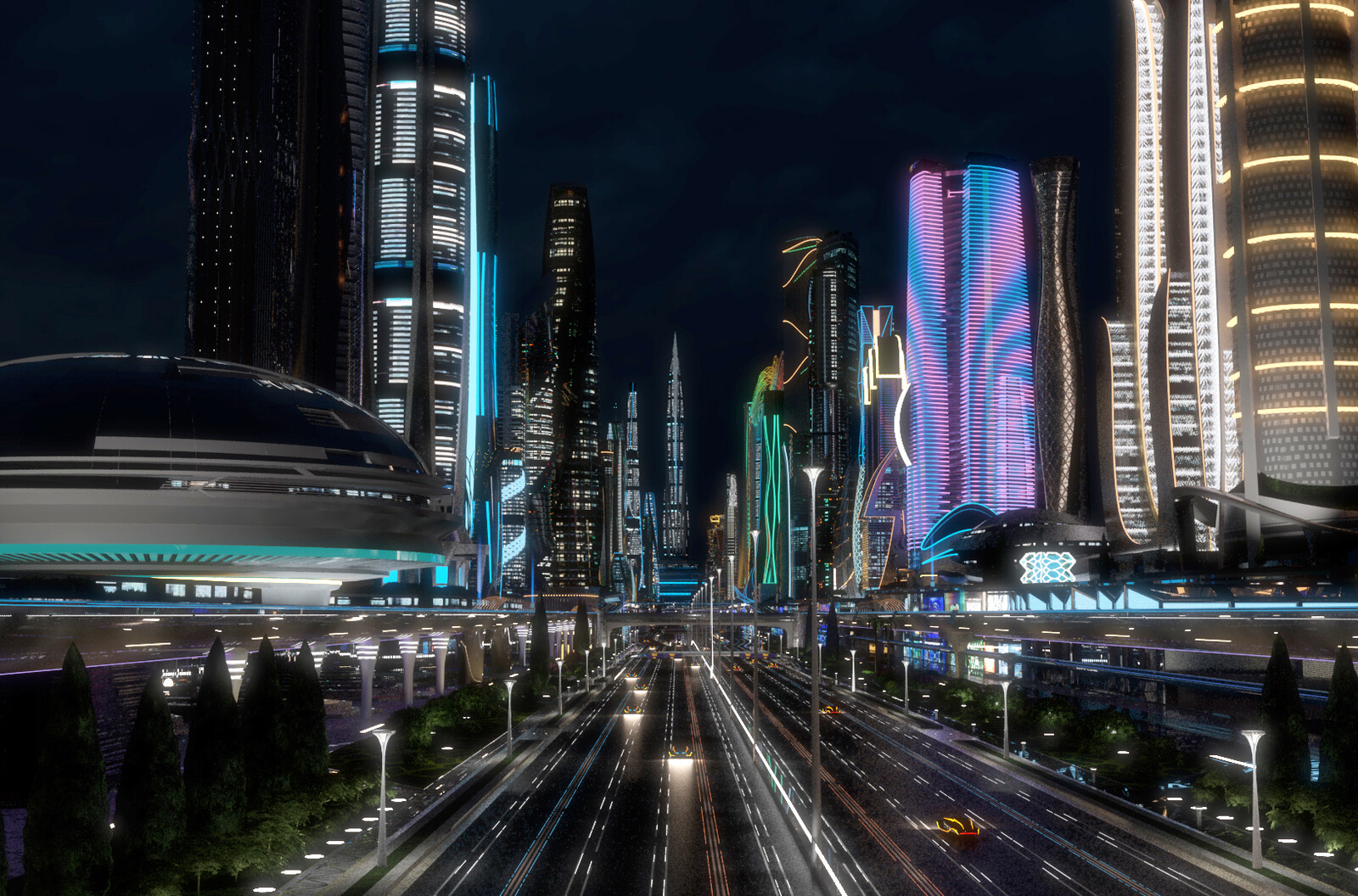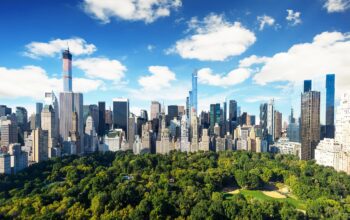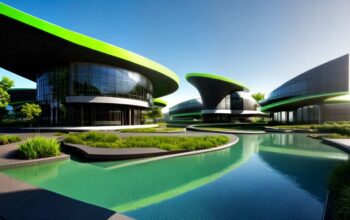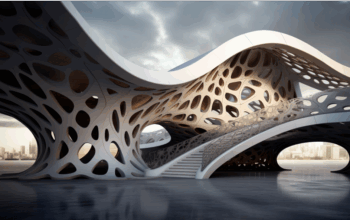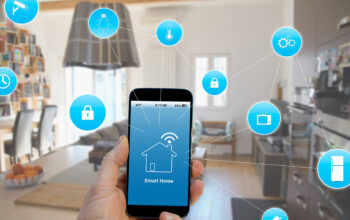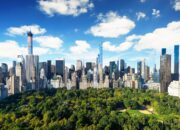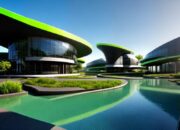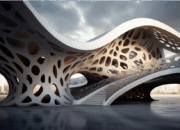The urban fabric of our world is in constant flux, a dynamic tapestry woven with human ambition, technological innovation, and an ever-evolving understanding of sustainable living. As global populations continue to swell and environmental concerns become more pressing, the very concept of a “city” is undergoing a profound metamorphosis. What was once the domain of science fiction is rapidly emerging as tangible reality: a future where cities are not merely collections of buildings but intelligent, responsive, and thriving ecosystems designed for optimal human well-being and ecological harmony.
The emergence of future city designs is not a singular phenomenon but a multifaceted revolution driven by a confluence of groundbreaking technologies, shifting societal values, and a collective commitment to creating more livable, resilient, and sustainable urban environments. These designs envision cities that are seamlessly integrated with nature, powered by clean energy, optimized by artificial intelligence, and built with materials that minimize their environmental footprint. They aim to address the critical challenges of our time, from climate change and resource depletion to social inequality and urban sprawl, by fundamentally rethinking how we live, work, and interact within our built environments.
The Driving Forces Behind Future City Designs
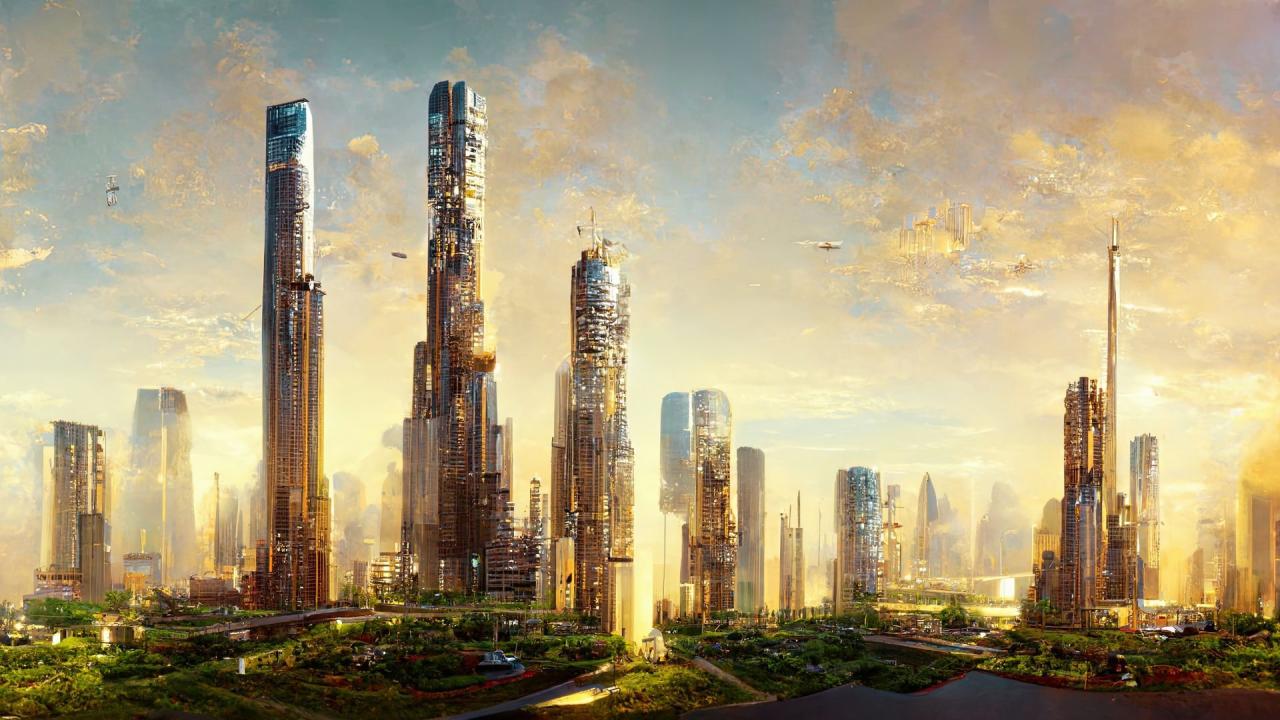
Several powerful forces are converging to shape the trajectory of future city designs. Understanding these drivers is crucial to appreciating the complexity and necessity of this urban transformation:
- Rapid Urbanization and Population Growth: The world is becoming increasingly urbanized. Projections indicate that by 2050, nearly 70% of the global population will reside in urban areas. This unprecedented growth places immense pressure on existing infrastructure, resources, and social systems, necessitating innovative solutions for housing, transportation, and public services. Future cities are designed to accommodate this growth efficiently and sustainably, ensuring high quality of life for all inhabitants.
- Climate Change and Environmental Imperatives: The undeniable impacts of climate change – rising sea levels, extreme weather events, and resource scarcity – demand a radical shift in how we design and operate our cities. Future city designs prioritize carbon neutrality, renewable energy sources, water conservation, and the integration of green infrastructure to mitigate environmental damage and enhance urban resilience. They are conceived as living laboratories for ecological balance.
- Technological Advancements: The relentless march of technology, particularly in areas like artificial intelligence (AI), the Internet of Things (IoT), big data analytics, and autonomous systems, is fundamentally reshaping urban possibilities. These technologies enable cities to become “smart” – collecting and analyzing data to optimize services, manage traffic, conserve energy, and enhance public safety. From smart grids to autonomous vehicles, technology is the backbone of future urban functionality.
- Shifting Societal Values: There’s a growing global awareness and demand for healthier, more equitable, and community-centric living spaces. People are increasingly seeking proximity to nature, efficient public transportation, vibrant cultural amenities, and opportunities for social interaction. Future city designs respond to these values by emphasizing walkability, mixed-use developments, accessible green spaces, and a strong sense of community. The focus shifts from mere functionality to holistic well-being.
- Economic Competitiveness and Innovation: Cities are economic engines, and the ability to attract talent, foster innovation, and create new industries is paramount for long-term prosperity. Future city designs incorporate features that promote economic vibrancy, such as flexible co-working spaces, advanced connectivity, and environments conducive to research and development. They are designed to be hubs of innovation and economic growth.
Key Characteristics of Emerging Future City Designs
While the specific manifestations of future cities will vary based on geography, culture, and economic context, several common characteristics are emerging as defining features:
Hyper-Connected and Smart Infrastructure
Sensors embedded throughout the urban environment will collect vast amounts of real-time data on everything from traffic flow and air quality to waste levels and energy consumption. This data will be analyzed by AI systems to optimize city operations, predict issues, and provide personalized services. Ultra-fast, low-latency wireless networks will be ubiquitous, enabling seamless communication between devices, vehicles, and people. This robust connectivity is essential for autonomous systems, remote work, and immersive digital experiences within the city. Virtual replicas of physical cities will allow planners and operators to simulate different scenarios, test new designs, and predict the impact of changes before they are implemented in the real world. This provides an unprecedented level of control and foresight.
Sustainable and Regenerative Systems
Cities will move away from fossil fuels, relying primarily on solar, wind, geothermal, and other renewable energy sources. Buildings will be energy-positive, generating more power than they consume, and smart grids will efficiently manage energy distribution. Waste will be minimized through extensive recycling, composting, and repurposing programs. Urban farming, vertical farms, and hydroponics will provide local food sources, reducing transportation costs and carbon footprints. Water will be managed through closed-loop systems, capturing, treating, and reusing every drop. Integrating nature into the urban fabric will be paramount. This includes extensive green spaces, rooftop gardens, vertical forests, and natural ventilation systems. Biophilic design improves air quality, reduces urban heat island effects, enhances biodiversity, and promotes mental well-being. Emphasis will be placed on walking, cycling, and robust public transportation systems (high-speed rail, electric buses, autonomous shuttles). Private car ownership may significantly decrease, replaced by shared electric vehicle fleets and on-demand mobility services. Charging infrastructure for electric vehicles will be pervasive.
Human-Centric and Livable Spaces
Cities will feature integrated zones where residential, commercial, and recreational spaces coexist, reducing the need for long commutes and fostering vibrant local communities. The “15-minute city” concept, where most daily needs are accessible within a short walk or bike ride, will become a standard. Wide sidewalks, car-free zones, and well-designed public plazas will prioritize pedestrians and cyclists, encouraging active lifestyles and social interaction. Urban planning will emphasize human scale and walkability over vehicular dominance. Public spaces will be designed to foster community engagement, with flexible areas for events, markets, and gatherings. Digital platforms will connect residents, facilitating local initiatives and shared resources. Future cities will be designed to be fully accessible to people of all abilities, with universal design principles embedded from the outset. Equitable access to services, green spaces, and opportunities will be a core tenet.
Resilient and Adaptive Structures
Buildings and infrastructure will be designed to withstand the impacts of climate change, including extreme weather events, rising sea levels, and heatwaves. This includes flood-resistant designs, advanced insulation, and adaptive materials. Buildings will be designed with modular components, allowing for rapid construction, easy reconfiguration, and adaptability to changing needs. This enhances efficiency and reduces waste. New materials with self-healing properties, adaptive thermal performance, or carbon-absorbing capabilities will be increasingly integrated into building construction, enhancing durability and environmental performance.
Challenges and Considerations
While the vision for future cities is inspiring, realizing it presents significant challenges that must be carefully navigated:
- Funding and Investment: Building and retrofitting cities to meet these future standards requires massive capital investment from both public and private sectors. Innovative financing models and international collaboration will be crucial.
- Data Privacy and Security: The extensive use of IoT sensors and data collection raises concerns about privacy, surveillance, and cybersecurity. Robust regulatory frameworks and ethical guidelines will be necessary to protect citizens’ data.
- Social Equity and Digital Divide: Ensuring that the benefits of smart city technologies are distributed equitably and that no segment of the population is left behind due to lack of access or digital literacy is paramount. Policies must be put in place to bridge the digital divide.
- Governance and Policy: The complexity of integrating new technologies and systems requires agile and forward-thinking governance structures. Traditional bureaucratic processes may need to be re-evaluated to facilitate rapid innovation and implementation.
- Public Acceptance and Engagement: Large-scale urban transformations require public buy-in. Engaging citizens in the planning and design process, addressing their concerns, and communicating the long-term benefits are essential for successful adoption.
- Technological Obsolescence: The rapid pace of technological change means that urban infrastructure must be designed with flexibility and upgradeability in mind to avoid rapid obsolescence. This requires a modular and open-source approach where possible.
Real-World Examples and Prototypes
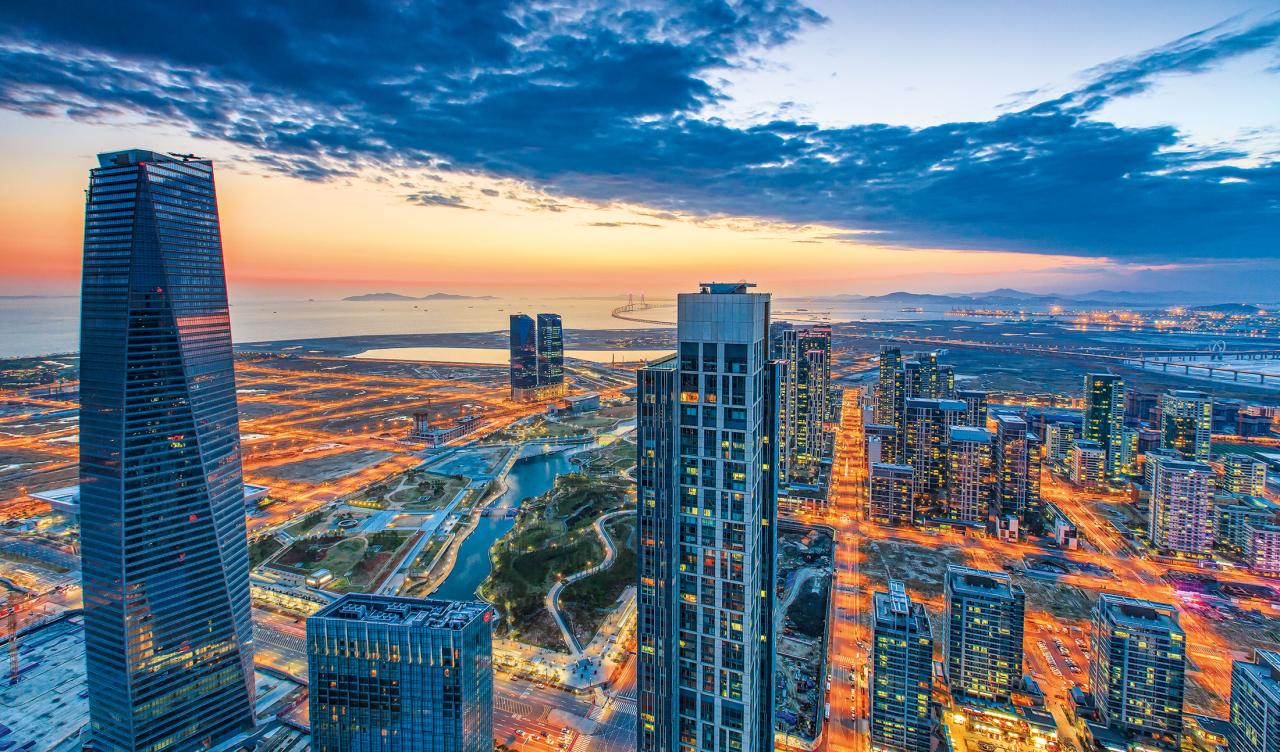
The concepts of future cities are already taking shape in various forms around the globe:
- NEOM, Saudi Arabia: A highly ambitious project envisioning a smart, cognitive, and sustainable city from scratch. “The Line,” a linear city without roads or cars, is a centerpiece, aiming for zero carbon emissions and advanced AI integration.
- Songdo International City, South Korea: Often cited as one of the earliest “smart cities,” Songdo incorporates extensive IoT infrastructure, smart waste management, and pervasive connectivity, designed from the ground up as a technologically advanced urban environment.
- Sidewalk Labs (former project for Toronto’s Quayside): Although the Toronto project was not fully realized, Sidewalk Labs’ proposals showcased innovative ideas for data-driven urban planning, modular timber construction, and adaptive public spaces, emphasizing pedestrian comfort and sustainability.
- The European Green Capital Award Cities: Various European cities, such as Copenhagen, Oslo, and Ljubljana, are leading the way in sustainable urban development, focusing on renewable energy, green transportation, and circular economy principles, providing blueprints for existing cities to adapt.
- Various “Eco-Cities” in China: While some have faced challenges, China has invested heavily in creating numerous eco-cities designed with sustainability and green technology at their core, aiming to address pollution and resource strain.
The Architect’s Evolving Role
The architect’s role in this future urban landscape is more critical and complex than ever before. No longer just designers of individual buildings, architects are becoming:
- System Thinkers: Understanding the interconnectedness of urban systems – energy, water, waste, transportation, and social dynamics – is paramount. Architects must design not just structures but integrated components of a larger living system.
- Data-Driven Designers: Leveraging vast datasets and analytical tools to inform design decisions, optimize performance, and predict long-term impacts will be standard practice. Understanding data visualization and interpretation will be a key skill.
- Collaborators and Facilitators: Working across disciplines – with urban planners, engineers, data scientists, sociologists, and policymakers – will be essential. Architects will often facilitate complex discussions and synthesize diverse inputs into cohesive urban visions.
- Innovators in Materials and Technologies: Staying abreast of cutting-edge materials, construction techniques (like 3D printing and robotic fabrication), and smart building technologies will be crucial for pushing the boundaries of what’s possible.
- Advocates for Equity and Sustainability: Architects have a powerful voice in shaping the built environment. Their role extends to advocating for designs that are not only aesthetically pleasing and functional but also socially equitable, environmentally responsible, and resilient for future generations.
Conclusion
The emergence of future city designs represents a profound shift in our relationship with the built environment. It moves us beyond simply building structures to intentionally crafting integrated, intelligent, and regenerative urban ecosystems. These cities will be places where technology serves humanity, where nature is integrated into daily life, and where communities thrive in harmony with their surroundings.
While the path ahead is fraught with challenges, the collective ingenuity and determination of architects, urban planners, technologists, and policymakers worldwide are steadily turning these ambitious visions into tangible realities. The future city is not a distant utopia but an active, evolving project – a testament to our capacity to innovate and adapt for a more sustainable, equitable, and vibrant urban future for all.

